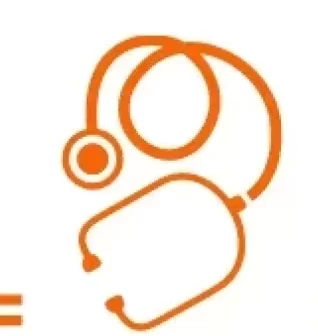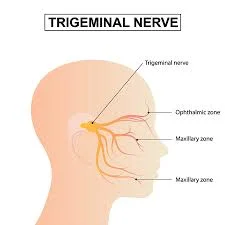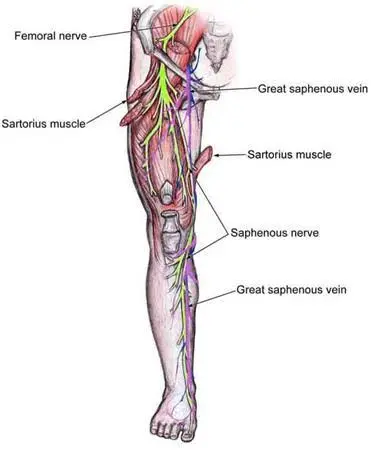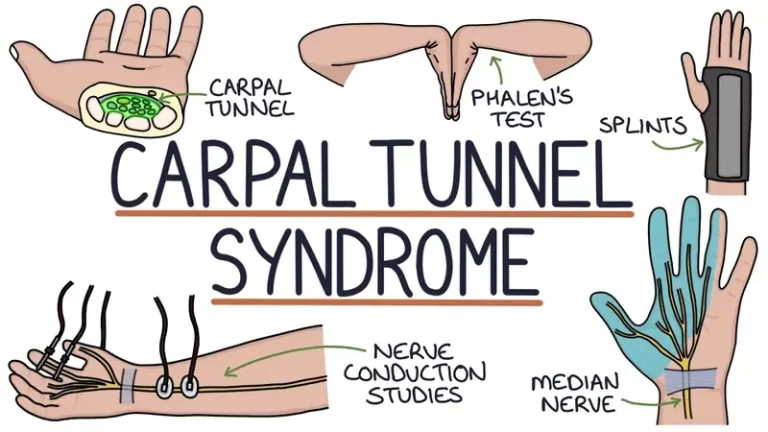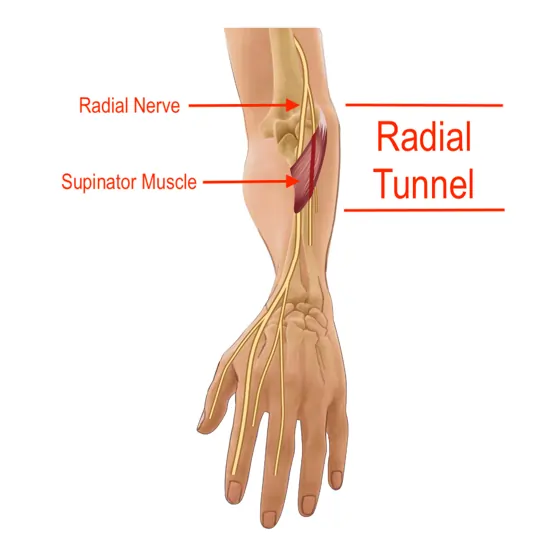Trigeminal Nerve
Introduction The trigeminal nerve (CN V) is its fifth and largest cranial nerve. Its primary function is to provide sensory innervation to the face, which is divided into three major branches. The ophthalmic (V1), maxillary (V2), and mandibular (V3) nerves are the three branches. The trigeminal ganglia, located within the Meckel’s cave of the middle…
